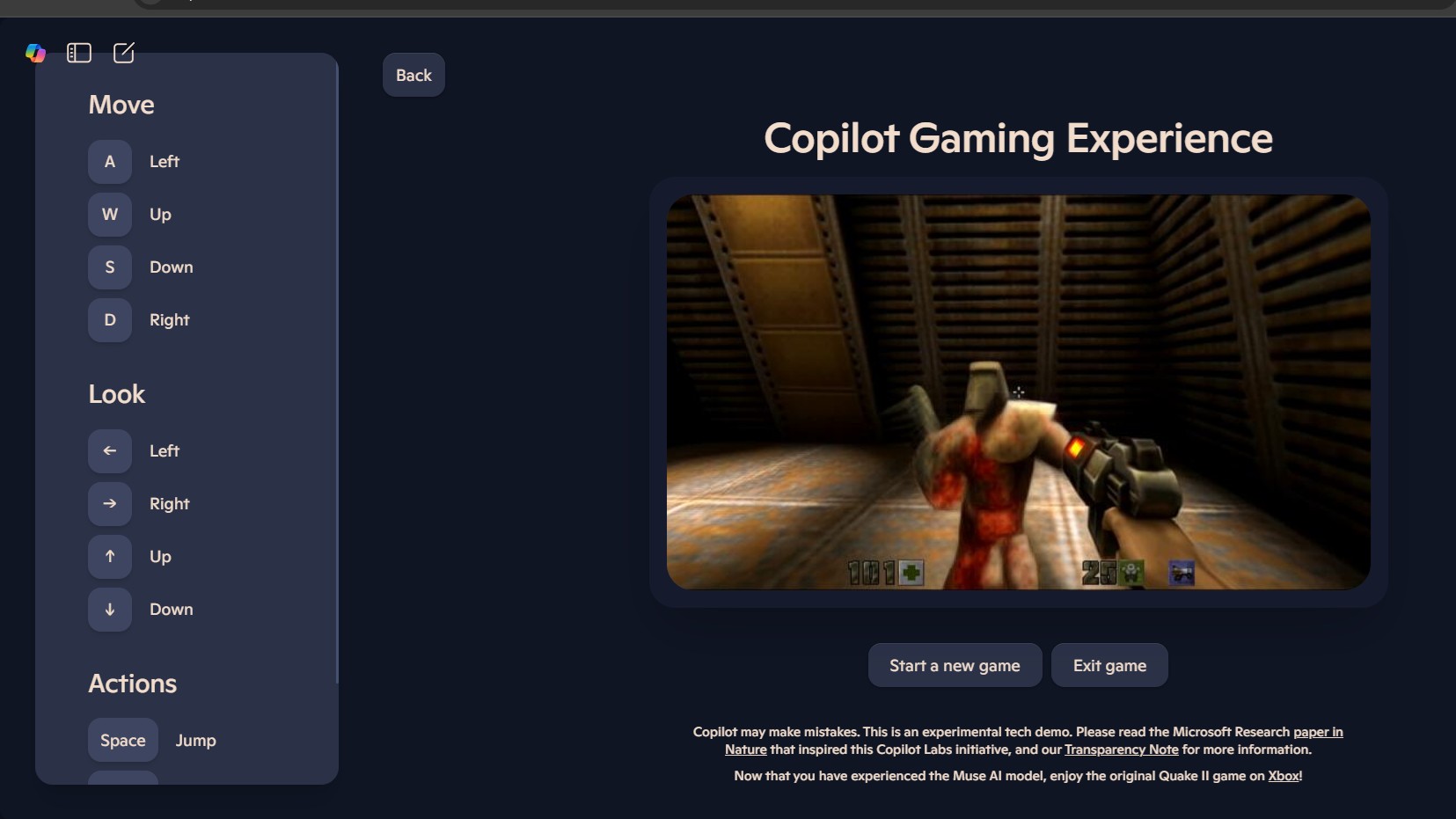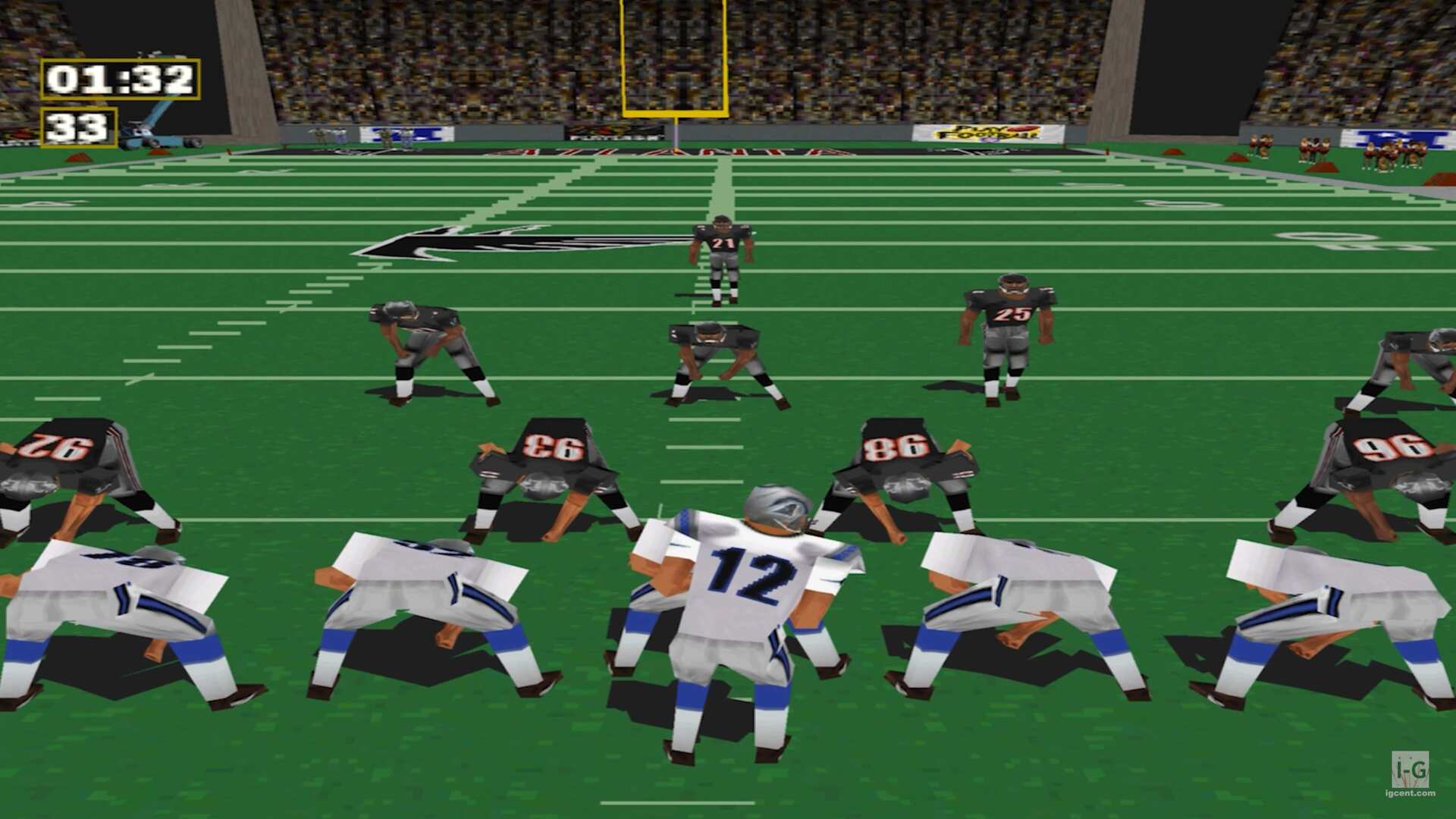Just last month, Phil Spencer talked at length about the good AI could bring to the gaming space. Mainly, he referenced its incredible ability to preserve games. Microsoft research has already taken its first steps.
Haiyan Zhan posted a demo of this technology in action: an early attempt at AI running Quake 2 via browser.
(1/3) An AI-generated gaming experience—move, shoot, explore—and every frame is created on the fly by an AI world model, responding to player inputs in real-time. Try it here: https://t.co/hqGoOu0CaWWe just launched @Copilot Gaming Experiences, built on cutting-edge AI research… pic.twitter.com/70UESE2qajApril 5, 2025
“The original Quake II level remains a powerful expression of the developers’ vision. This AI opens new ways of engaging with experiences and perhaps hints at how future tools could empower dev teams.”
“An AI-generated gaming experience—move, shoot, explore—and every frame is created on the fly by an AI world model, responding to player inputs in real-time. Try it here: http://copilot.microsoft.com/wham”
I want you to think of a game you played on the original Xbox or PlayStation that you have fond memories of, one that hasn’t seen the light of day on modern consoles. For me, it’s Gameday 98. It’s an old American football game that once topped the charts over the likes of the Madden series.
Gameday 98 was the first football game to use 3D-poly graphics and became a showstopper on the sports gaming scene. To this day, it’s never been backward compatible on any system. The only way to play it is via an original PlayStation or PlayStation 2.
Feed AI all the information it needs, possibly a few million hours of gameplay (I’m blatantly unaware of what it takes to make an AI game at the moment). From there, the entire game becomes playable from start to finish.
At that point, it becomes a battle of efficiency and accuracy. Is porting a game like Gameday 98 more feasible through AI or a small team? What costs less or even takes less time?
These are questions we’ll be asking and answering over the coming decade as AI continues to grow. We’re in year two of the AI boom; I’m terrified of what we’ll see in year 10.






